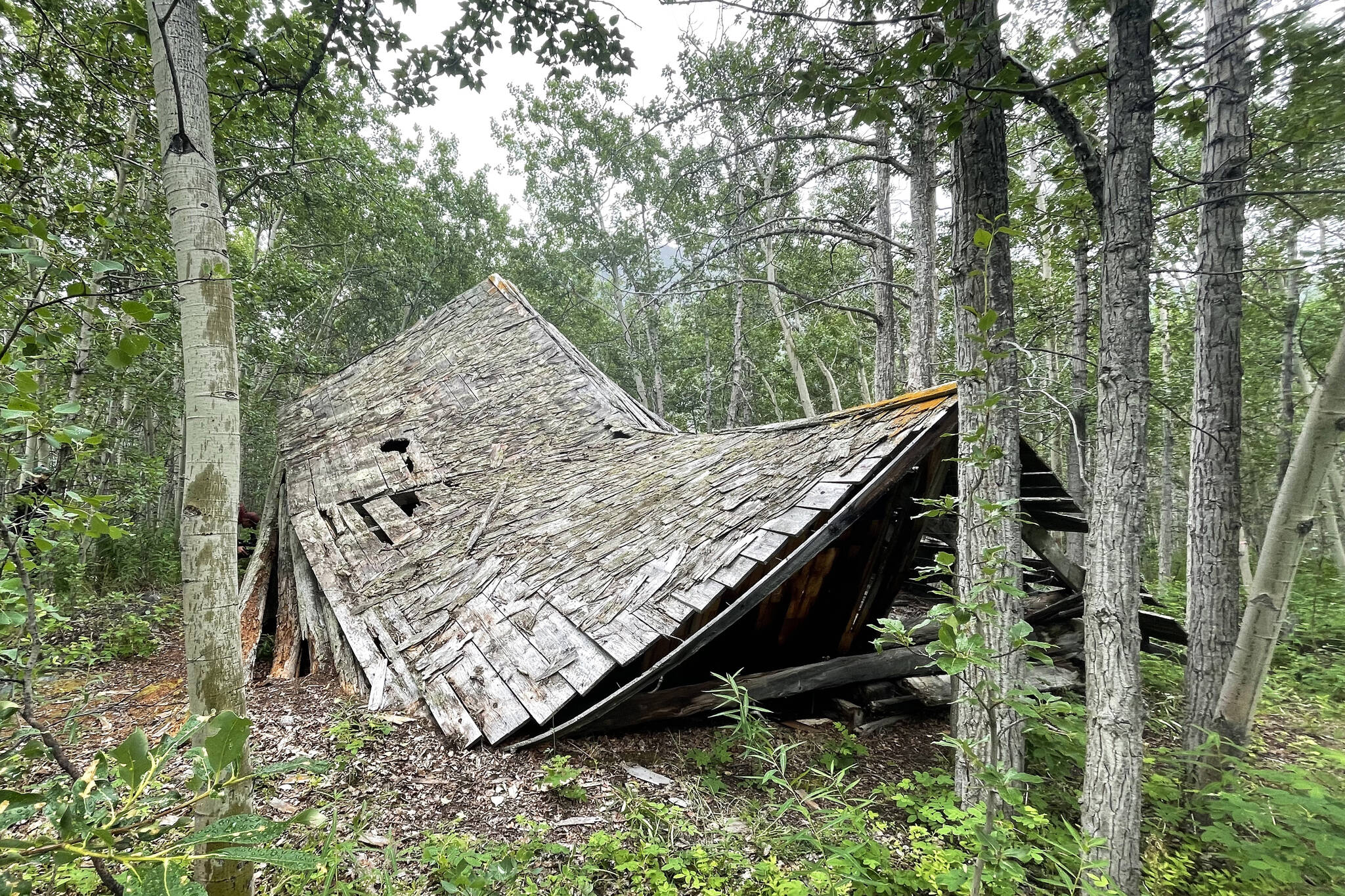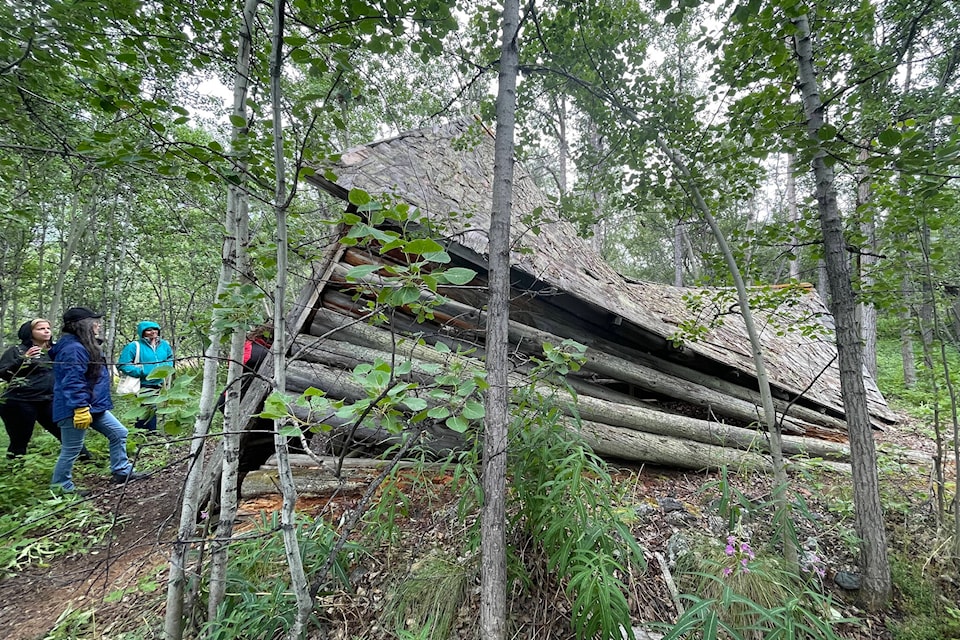In a ceremony that began and ended with prayer songs and drumming, Indigenous leaders and government ministers signed the Tséi Zhéłe / Sinwaa Éex’i Yé / Conrad Historic Site Management Plan on the shores of Windy Arm on July 20.

Drizzle did not dampen the activities. Government folks mingled, stared at the scenery and chatted with locals as leaders signed into existence one of the critical obligations of the First Nation Final Agreement with the Carcross/Tagish First Nation (C/TFN) – the management plan for the historic site.

The area was a traditional hunting, fishing and camping site for thousands of years. It also had a brief life as a mining town at the beginning of the 20th Century. The site’s three titles honour its Tagish, Tlingit and English names.
The new plan details the region’s rich history and includes a 10-year strategy for heritage conservation, which includes signage, trail maintenance, accessibility and the rehabilitation of existing structures.
Haa Shaa du Hen Maria Benoit signed the plan and Yukon Minister Richard Mostyn stood in for Minister Pillai.

The site is adjacent to the Conrad campground 14 kilometres south of Carcross, and has been closed off from motor vehicles since 2016. It is an area that encourages walking, with new trails and a few tent-only camp spots. Development of the plan has been in process since 2014, shepherded by C/TFN citizen Colleen James and the late Art Johns working with Rebecca Jansen of the Heritage Branch in the Yukon’s department of Tourism and Culture.

James had prepped the crowd with a language lesson, recognizing earlier place name research and documentation. Indigenous place names recognize and often describe what happens around different places. It is no surprise that the site is on the shore of Tséi Zhéłe Méne (Howling Rock Lake), also known as Windy Arm, near the base of Chílíh Dzéłe’ (Gopher Mountain) or Montana Mountain.
The site sits along a natural cove, kept out of the wind of the lake, with calmer waters and sandy shores that made it easy to moor boats. It was a natural harvesting area, rich with fish, lush with berries and once filled with abundant game.
James recalled how almost 10 years ago, when word first surfaced that the government was going to put a campground near the site, she wrote “somebody” to remind them of a chapter 13 obligation in the Carcross/Tagish First Nation regarding the location, which was a traditional harvesting and gathering place for thousands of years, in addition to the relatively recent historic value.
Collen James and Rebecca Jansen talking about trees growing on historic Conrad site on Windy Arm at ceremony pic.twitter.com/p4eVShYhlS
— Lawrie C (@elarcee) July 25, 2022
Measured in eons or centuries, the town of Conrad was a tiny blip. Its historic legacy was marked by gridded town maps, photos of old hotels and churches, a library and a population that may have been as high as 500 people as “Colonel” John Conrad raised a town around a mine site he thought would make him rich.
“From 1905 to 1914 – Windy Arm became the hub of a mining industry that promised much, yet after a few years, realized little,” reads the historical overview in the plan. “The town continued to grow until 1907, after which mining returns dwindled and major operations ceased. The town was abandoned by 1914.”
The remains of the ambitious tramway are still visible, but the multi-story terminal has collapsed. The terminal connected to a dock where fast freight boats like the Sibilla (now in Carcross) would load before making their way to Carcross where the sternwheelers and the railway met.
Conrad did not make his fortune, and the mine on the mountain produced little ore. Any viable buildings on the abandoned townsite made their way to Tagish, Carcross and beyond. Many cabins along Bennett Lake and the Catholic church in Carcross all came from the Conrad townsite.
Now, the bush has grown back and the area is rich again with soapberries. The camp spots have been tidied up where fish used to dried and berries pooled. A collapsed bridge has been restored and an interpretive trail has been brushed out linking the places where traces of the townsite remain. Two buildings are in the process of being stabilized, and cribbing and spools and dug out basement and cellars seem all that remain of the town.

Colleen James told a story of how Art Johns, when he was kid, would venture into the cribbed and dug out cellars and open a can of food he discovered, and then be able to declare it was “good to eat!”
“He left an invaluable legacy” said Jansen remembering Johns, who passed away in 2021. The ceremony gave him special honour as does the plan itself.
Contact Lawrie Crawford at lawrie.crawford@yukon-news.com
